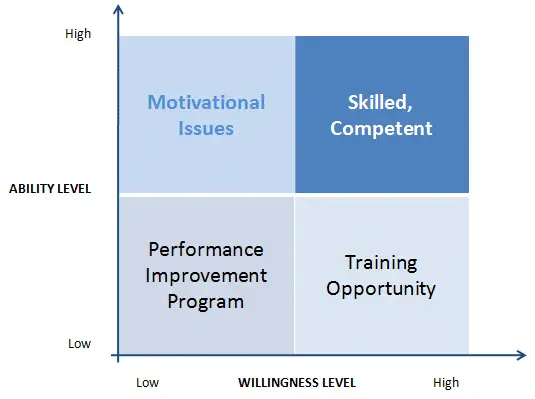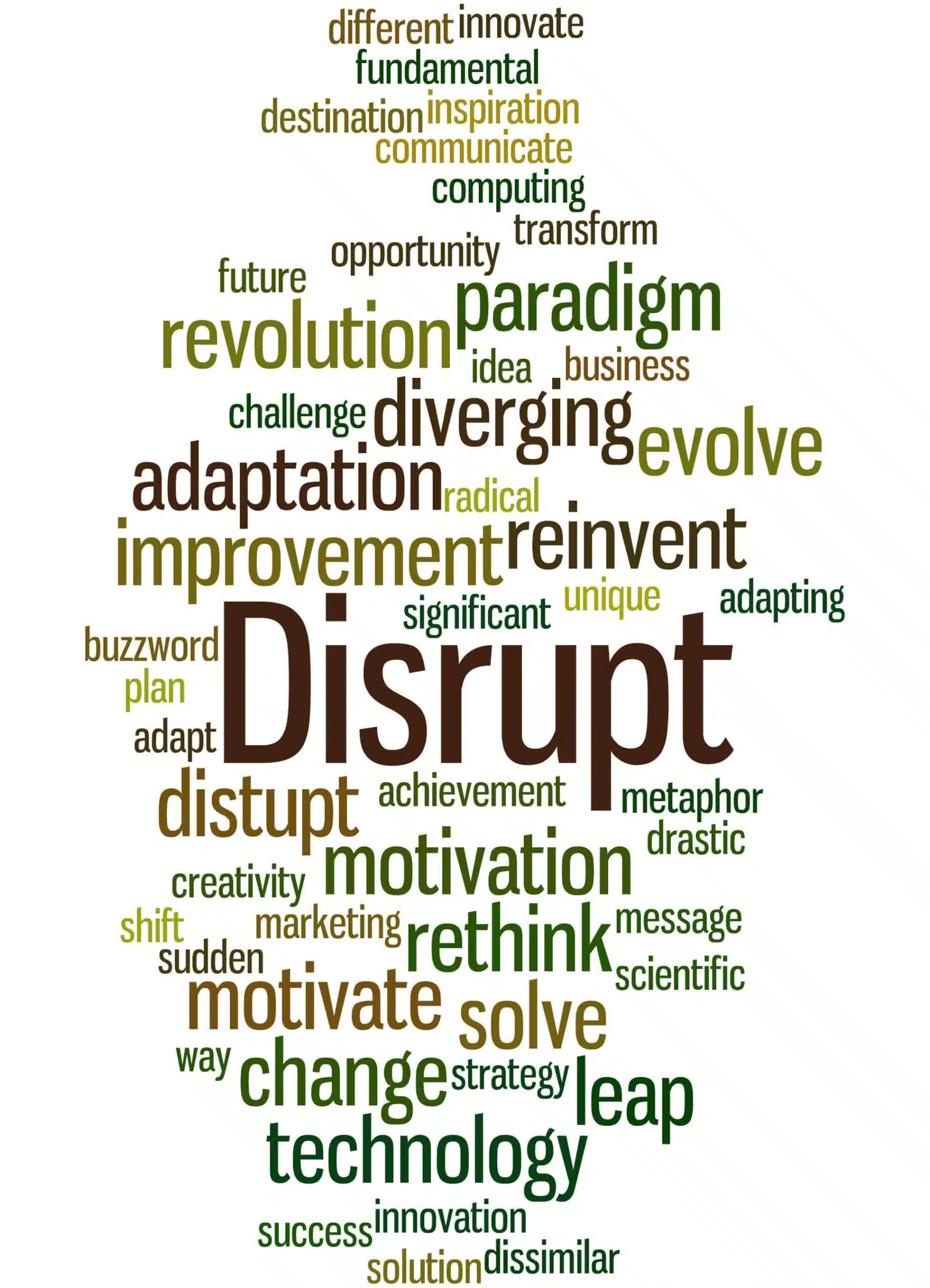There’s an old saying (aren’t they all old?) that instructs you to avoid clichés like the plague. SAP has generated its own set of overworked buzzword terminology and has an eco-viral-collective that churns out more and more each day. I can hardly keep up with the acronyms.
Over the years I’ve accumulated three favorites of my own that I’d like to share. The aim here is not to kill off the clichés, instead it is to suggest ways to head them off before you use one and have clients rolling their eyes at you–Or at least have a quick follow up so that the cliché actually has some value.
The Infallible 2-by-2 Matrix and the Magic Quadrant
A long time ago I worked for one of the big consulting firms where every interaction with the client seemed to involve a 2-by-2 matrix. It got to the point that some of the consultants and most of the client laughed whenever one of these was pulled out. It became a contest to create 2-by-2 matrices for everything and at one point in my life I aspired to publishing a book of 2-by-2 matrices to enable and empower everyday people to make good life decisions. I think someone beat me to it at least in spirit.
I think the world has become conditioned by 2-by-2 matrices such that the goal is to always be in the top right hand corner – the so called magic quadrant – whereas being in the bottom left hand corner shows how much progress you still have to make. As highly paid consultant I am supposed to help you find the path from where you are to where you want to be. The funny thing about 2-by-2 matrices is that you can make them do whatever you want to serve your needs. Take the example of where I should go for dinner tonight: If I plot on one axis how likely the bill will conform to the client expense policy and plot on the other axis how well the restaurant menu prices align with my per diem I get something that looks like the graphic below.
If I follow this chart and adopt the recommendation of the magic quadrant I’ll be eating fast food every night because it’s cheap. Unfortunately, I’ll feel like Morgan Spurlock in no time.
If I look at this chart with a more skeptical eye the two axes are showing similar information, so the whole thing is pretty bogus. If you are going to use a 2-by-2 matrix to make a point with a client make sure it serves a useful purpose. One of my favorite matrices plots employee/consultant willingness against ability as shown below.
In an ideal world all workers fall in the magic quadrant, i.e. are both able and willing to perform a certain task (could this be the nirvana of a low maintenance, competent and talented worker?). The individuals who fall into other quadrants are potentially much more interesting and I would wager that not every worker falls in the same quadrant all the time. After all, I’m not a big fan of “busy” work: I am able to do it but not very willing because I don’t value it. But when it comes to blogging I am both willing and able (obviously!) [Ed. Note: You, sir, are a very able blogger!]. Workers who are able but unwilling present a special set of challenges for project management (you can lead a horse to water but you can’t make him drink), whereas workers who are willing but unable may be lacking skills they want to acquire.
The takeaway here is that there is a place for 2-by-2 matrices in conveying a message: stating an objective; starting a discussion, etc. but use them sparingly and only when it is relevant.
In the meantime, send me your suggestions for 2-by-2 life decision matrices and I’ll see what I can about giving you a credit in my forthcoming publication: Top Right Sure Beats Bottom Left.
It Depends
I don’t know anyone working on SAP projects that doesn’t laugh or roll their eyes when someone says “it depends”. As much as I mock it, the response does have some merit. For example, if a client asks you how SAP processes purchase orders it is difficult to give a single definitive reply and “it depends” is a great cop out. Purchase orders: would you like an account assignment with that? Do you want to use info records? Do you have quota arrangements? Do have to have requisitions for every PO? And so on.
It is critical to make a rapid transition from the non-value adding “it depends” to a discussion of what matters to your client. This is where your knowledge of their business and prior project experience come into play. I would hope that during the project scoping and requirements gathering phases you gained enough of an understanding that you only suggest SAP processing options that are applicable to your current situation. After all you wouldn’t discuss logistics invoice verification if you are only processing A/P invoices directly through the FI module.
This Happens on Every Project
This phrase shows up in various forms and the two most common variants I’ve heard are “Every project runs into this kind of thing” and “I’ve seen this before on other projects”. If you find yourself making statements similar to these pause for a moment about how your client will perceive it.
I have only come across these phrases being used when a project has gone astray and has run into a crisis of some sort: testing is revealing a whole new set of requirements that weren’t captured during blueprinting; test scripts don’t have enough details; functional specifications lack detail; too many overlapping yet dependent activities, etc.
The best comeback I heard to “This happens on every project” was from an exasperated client who asked: “Just so I’m not surprised when it happens, what other things happen on every project that I should know about?”. (Thank you Patrick!)
In short “this happens on every project” can often be traced back to an earlier failure of project management. Sometimes the situation is unavoidable, for example, despite your guidance about not moving on to the next project phase because of incomplete deliverables your client insists on going forward because the timeline says it is time to move forward. Sometimes, key milestones are met but the sign-off is far more conditional than it should be. Regardless of the underlying circumstances your client probably sees you do one of two things:
- Reactively tell them this happens on every project and then describe how every project goes through some level of fire drill and triage to get things back on track
- Proactively manage their expectations and make clear the potential problems the project may run into: for example, designing and developing while integration testing is never a good idea. In this way you provide leadership, not just management, and set a course to avoid a fire drill.
Typically a client does not like surprises and pro-active behavior is better than reactive. I like to think that as a project manager I exist to prevent forest fires, not to fight them.
Consulting Catchphrases Conclusions
My underlying thought is that the consulting clichés have an element of truth and validity to them and you should strive to use them as a springboard to bring value to your client. Think about where the clichés came from – usually a negative experience – and see if you can anticipate where you might feel compelled to use these catchphrases on your project and (ahem, forgive me!) avoid them like the plague.
Please let me know if you have any favorite overworked project phases and I’ll do a follow up posting if I get a good number of responses.






hahaha !! very good idea !! We both know that Consulting is full of clichés and the more experience a consultant have, the more clichés will be using on his projects.
I have a few phrases to contribute:
“9 women do not make a baby in 1 month”
“If standard do not do it, probably you should think over and change your current process”
“may not be very user friendly, but think it over more than 10,000 of worlwide best companies cannot be wrong”
“sooner or later you will have to use all SAP terminology, better soon than later”
“In the old days we use to call it HR today it is HCM ”
there are a lot of more phrases, as soon as I remember more I’ll write it back !
Cheers !
Tim,
My favorite blog post to date. Thank you for taking the time to write it. I thought I would add one of my favorites.
“This functionality is working as designed” – Perhaps it is working as designed, but maybe the design is broken!
“This time line is aggressive” – If you are using these words, you might want to rethink your time line.
“I want it to work like the old system” – Why are you implementing SAP?
“This guy cost less” – Perhaps your consultant selection criteria needs to be expanded.
“That is not what I wanted” – Is that not your approval signature in the corner.
“We need to consult one of our experts” – You mean to say you didn’t staff my project with people that can get the job done?
“Let me get back to you on that” – This is consultant speak for I have no idea how to answer that questions. The thing that separates the good consultants from the bad ones is as follows: A good one figures it out and gets back to you. A bad one just hopes you are too buried to remember to ask that question again.
“We are working on the project plan” – By itself it is not much of a cliche. However when used repeatedly on a project it becomes a cliche.
Thank you Patrick for statements like “Just so I’m not surprised when it happens, what other things happen on every project that I should know about?”, and not a cliche but one of my favorites “That train has sailed”.
Thanks again Tim.
Tim